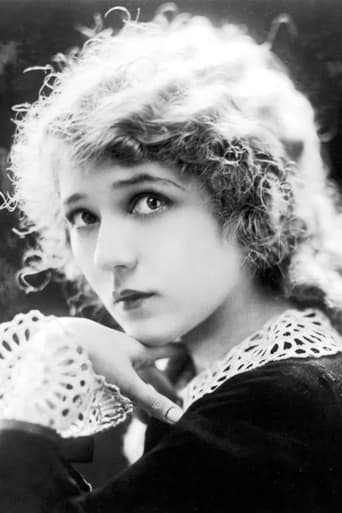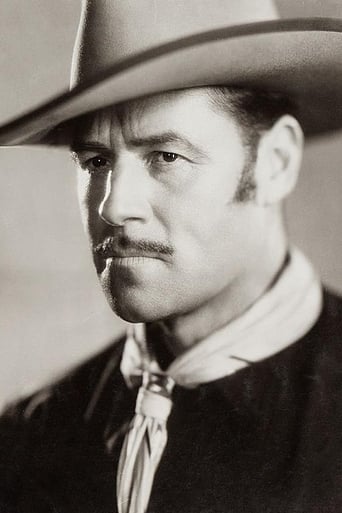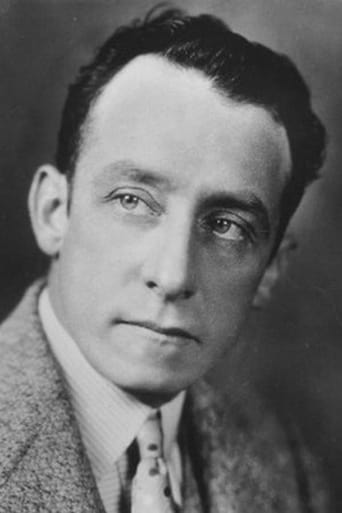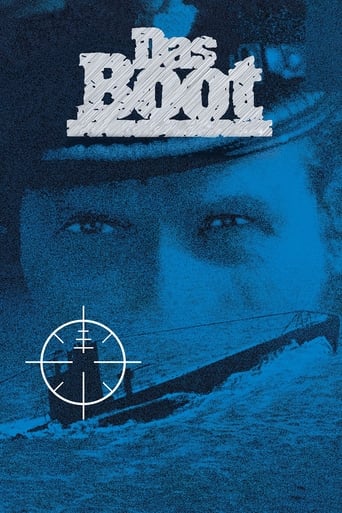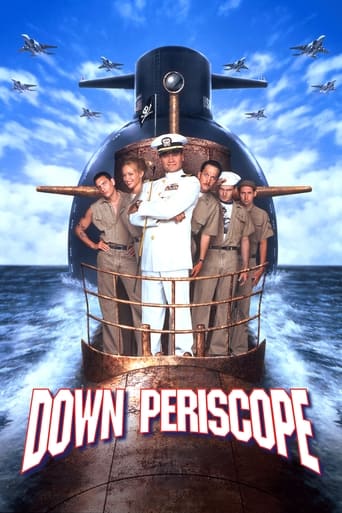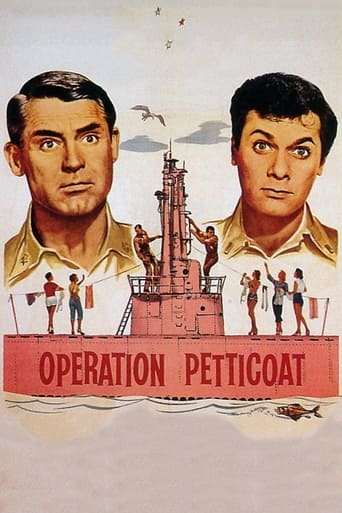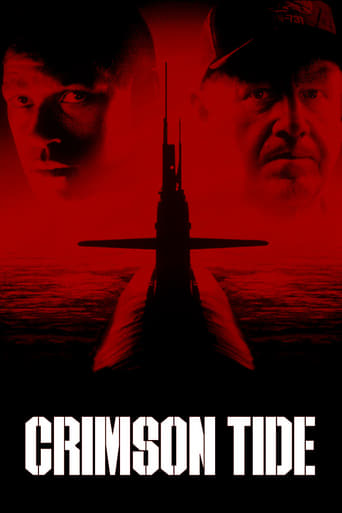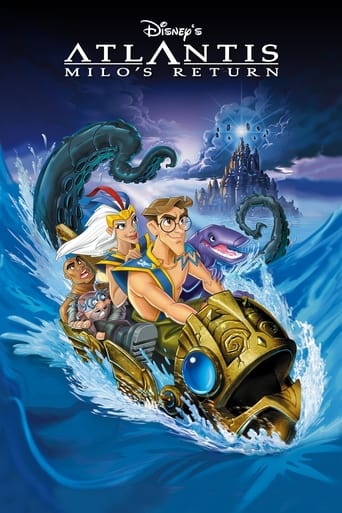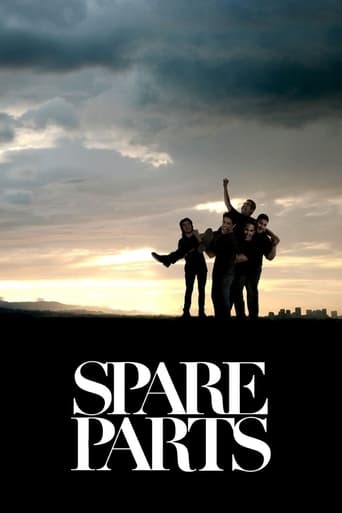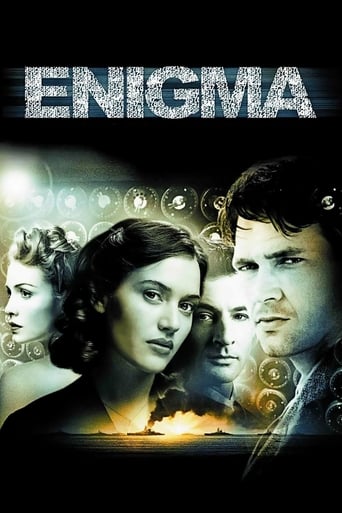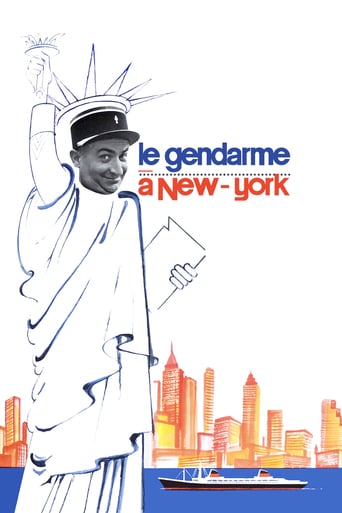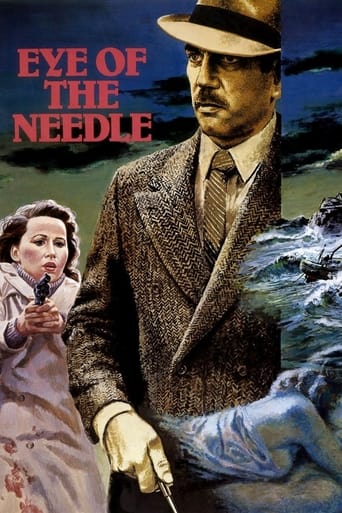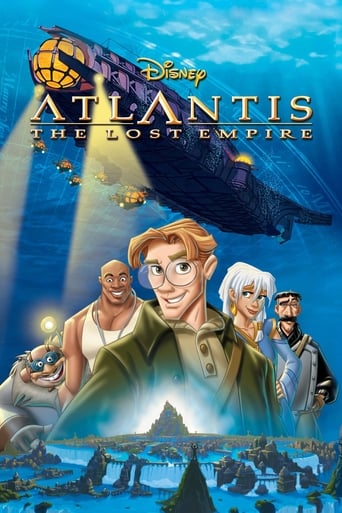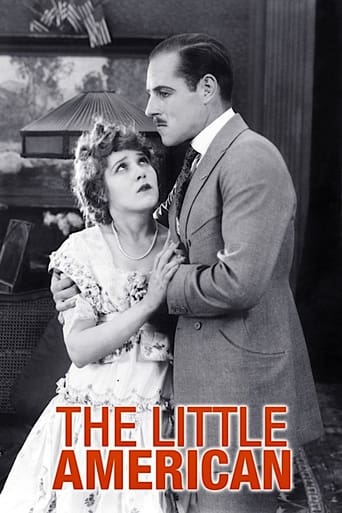
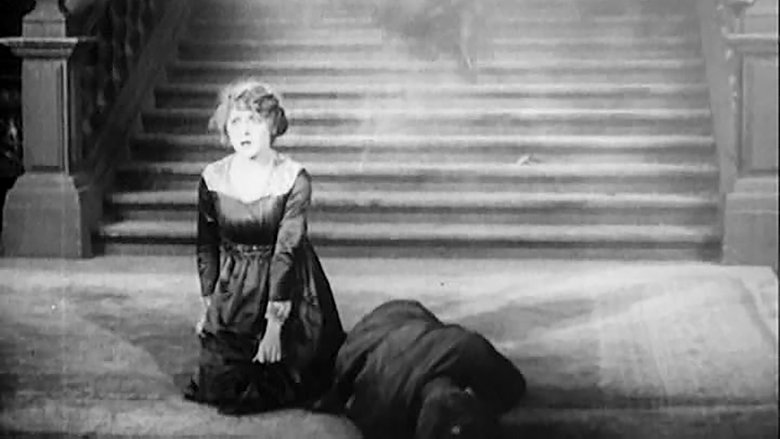
The Little American (1917)
A young American has her ship torpedoed by a German U-boat but makes it back to her ancestral home in France, where she witnesses German brutality firsthand.
Watch Trailer
Cast


Similar titles
Reviews
Thanks for the memories!
Pretty Good
If you don't like this, we can't be friends.
This movie tries so hard to be funny, yet it falls flat every time. Just another example of recycled ideas repackaged with women in an attempt to appeal to a certain audience.
With the US having recently entered the First World War, the country's best known and most popular director teamed with its most beloved actress to fire a cinematic salvo in this flag-waving adventure.In style this is something of a departure for DeMille. He more or less abandons his use of long takes, painterly shot compositions and predominantly visual narrative, in favour of rapid editing and lots of expository intertitles. Of course this is purely pragmatic it keeps the story moving along quickly and injects some excitement and tension into what is after all a propaganda piece. The heavier than usual use of intertitles also leaves no ambiguity about plot or character intention. Some of these editing patterns are quite effective for example, the crosscutting used when the ocean liner is torpedoed. However fans of DeMille's early silents will probably find themselves missing the more considered approach they will be familiar with. This is certainly one of his least graceful films.The fact that The Little American is more action-centred means it is less acting centred there is not the same concentration on performance that you normally get with DeMille. For this reason this is not a particularly memorable role for Mary Pickford, and to be fair almost any actress could have played the part equally well. However the casting of Pickford would have been symbolic and psychologically effective at the time. Although the press had not yet labelled her America's sweetheart, she certainly occupied that position. Therefore DeMille did not have to go out of his way to endear the audience to the character of Angela Moore, because they had already formed an emotional attachment to Mary Pickford.Regardless of how effective this picture was in its day it is really quite a mediocre effort when taken out of context. One interesting point though the one scene in The Little American that really looks like the typical DeMille is the one in which Pickford and Holt take refuge in a ruined church below the effigy of Christ on the cross. Throughout the picture the stars and stripes is treated with the same reverence and significance DeMille might give to a crucifix. This picture is another small step towards the iconic imagery and preachiness that would characterise his work from the twenties onwards.
"The Little American" is of course "America's Sweetheart", Mary Pickford. Produced and directed by Cecil B. De Mille, it tells the story of Angela Moore (Pickford) and her relationships with German-American Karl Von Austriem (Jack Holt) and French-American Count Jules de Destin (Raymond Hatton) during World War I. In a real propaganda move, there's an opening shot of Pickford standing before the American flag and giving the salute while smiling and winking at the audience. Pure De Mille.Prior to the outbreak of the war, both men are courting Angela with Austriem having the evident upper hand. Then, war is declared and Austriem and de Destin go off to Europe to join their respective country's forces.Angela, to be near the man she loves decides to sail for France however, en route her ship the Veritania (read: Lusitania) is sunk by a German submarine (in a sequence using less than convincing miniatures). Austrien receives a letter telling him that Angela is sailing to France on the doomed ship. Distraught, Austriem becomes one of the barbaric German soldiers drinking and carousing their way across France. De Destin meanwhile is wounded and loses an arm.Angela survives the sinking of the Veritania and goes to the château of her aunt who has conveniently just died making Angela the new owner. She turns the château into a hospital for wounded French soldiers and decides not to flee the oncoming Germans, to nurse the wounded.Before leaving the château, the French place a secret telephone from which the army can be alerted as to the location of the German guns. The Germans move in to the château and ravage the place, having their way with the female servants. With them is Austriem who in a drunken stupor tries to rape Angela in a darkened room before discovering that it is Angela and she is alive.Angela meanwhile is telephoning information to de Destin regarding the placements of German guns. She is subsequently arrested and despite Austriem's intervention on her behalf, both get sentenced to die. Just as they are about to be shot............................Evidently their were two versions of this film produced. I assume the original version was completed before America's entrance into the war in 1917. In that version, available in the DVD set: "Cecil B. De Mille: The Classics Collection" Angela with the help of de Destin, secures Austriem's release as a prisoner of war and returns home with him. In the version described in Ringgold & Bodeen's "The Films of Cecil B. De Mille", Austriem dies and she returns to America with de Destin, Obviously, little Mary couldn't be seen fraternizing with the enemy, hence the second version.Pickford was now Hollywood's first superstar and was commanding a salary of $10,000 per week. It was around this time that she married male superstar Douglas Fairbanks. The two would soon form United Artists along with Charlie Chaplin and D.W. Griffith and produce their own films.Also in the film in various smaller roles are Hobart Bosworth, Walter Long and Wallace Beery as German soldiers, Colleen Moore as one of the château maids and Ramon Novarro as a wounded French soldier.De Mille's last film with Ms. Pickford.
(SPOILERS IN FIRST PARAGRAPH) This movie's anti-German sentiment seems painfully dated now, but it's a brilliant example of great war-time propaganda. It was made back when Cecil B. DeMille was still a great director. (Ignore all his later Best Picture Academy Awards; he never made a very good sound film.) This movie lacks the comedy of most of Pickford's other films, and really it was DeMille's movie, not Pickford's. The vilification of the Germans can be compared to the way "The Patriot" of 2000 did the same to the British. The only good German in the film was a reluctant villain who had the ironic name of Austreheim. They even had Pickford take an ill-fated trip on a luxury ship that gets torpedoed by a German submarine. So what'll get the Americans more stirred up to war? The sinking of the Lusitania, or watching America's favorite Canadian import sinking in it? All throughout the film DeMille runs his protagonist from one kind of horrible calamity to another, barely escaping death, hypothermia, depravity, rape, execution, and explosions that go off in just the right place to keep her unharmed. The way she is saved from a firing squad is no more believable than the way the humans in "Jurassic Park" were ultimately rescued from the velociraptors. If I was any more gullible to such propaganda I would punish myself for having a part-German ancestry. Was it a good film? Aside from a humorous running gag about Americans abroad thinking they're untouchable that was apparently a joke even back then you might not be entertained. You'll find it more than a little melodramatic, and obviously one-sided, but the first thing that came to my mind after watching it is that it was years before Potemkin's false portrayal of a massacre revolutionized the language of cinema as well as a movie's potential for propaganda. It made me wonder: what became of Cecil B. DeMille? Somewhere between the advent of sound and "The Greatest Show on Earth" he seemed to lose his ambition. Ben Hur looked expensive, but not ambitious. In a sentence, this movie is for 1) Film historians, 2) Silent Film Buffs, 3) Mary Pickford fans, or 4) DeMille fans, if such a person exists.
In its own time, this effective and often compelling wartime melodrama used the talents of Mary Pickford and a young Cecil B. DeMille in support of the Allies in the first world war. It works well in itself, and it might be even more worthwhile now, for a generation that can view the events of that era more impartially, in order to draw some broader lessons from it.Pickford plays Angela, "The Little American", a young woman courted by a German and a Frenchman who are both living in America. This familiar setup soon becomes much more serious when the war breaks out, and the two young men return to Europe and the battlefield, with Pickford's character soon joining them in the midst of the turmoil and terror of the conflict. The ensuing story occasionally has some points in common with the Valentino/Rex Ingram classic "The Four Horsemen of the Apocalypse", though with a generally more hopeful tone.The first half has a particularly excellent sequence that depicts a submarine attacking a passenger liner. It works very well both dramatically and thematically. In particular, the light and motion of the sub's searchlight darting erratically through the darkness, so that its crew can survey the results of their attack, produces a chilling effect that is probably more effective than any amount of screaming could have been. The sequence works convincingly in portraying the barbarous, inhuman nature of attacks on civilian targets, and it also demonstrates the emptiness of the excuses used to justify them.That is probably the strongest sequence, but the main story in the château also has some worthwhile material. The German soldiers are largely portrayed as subhuman, but this is balanced to a large degree by the character of Karl (Jack Holt) and his inner struggle between his sense of duty and his sense of justice. Holt and Pickford work well together, and Raymond Hatton, though not getting as much screen time, also makes good use of his opportunities.With the delightful Pickford as the star, and DeMille already showing his ability to film set pieces effectively, this must have been very persuasive in its original purpose of strengthening support for the Allied cause. But now it can serve a different, and possibly more important, purpose. The harrowing experiences of Angela and the other characters are effective in demonstrating how quickly the fabric of human society can tear apart when military victory becomes all-important. While less ambitious and less well-known than the best-known of the classic movies that came out of the first world war, "The Little American" works well, and it is well worth the time to watch.


